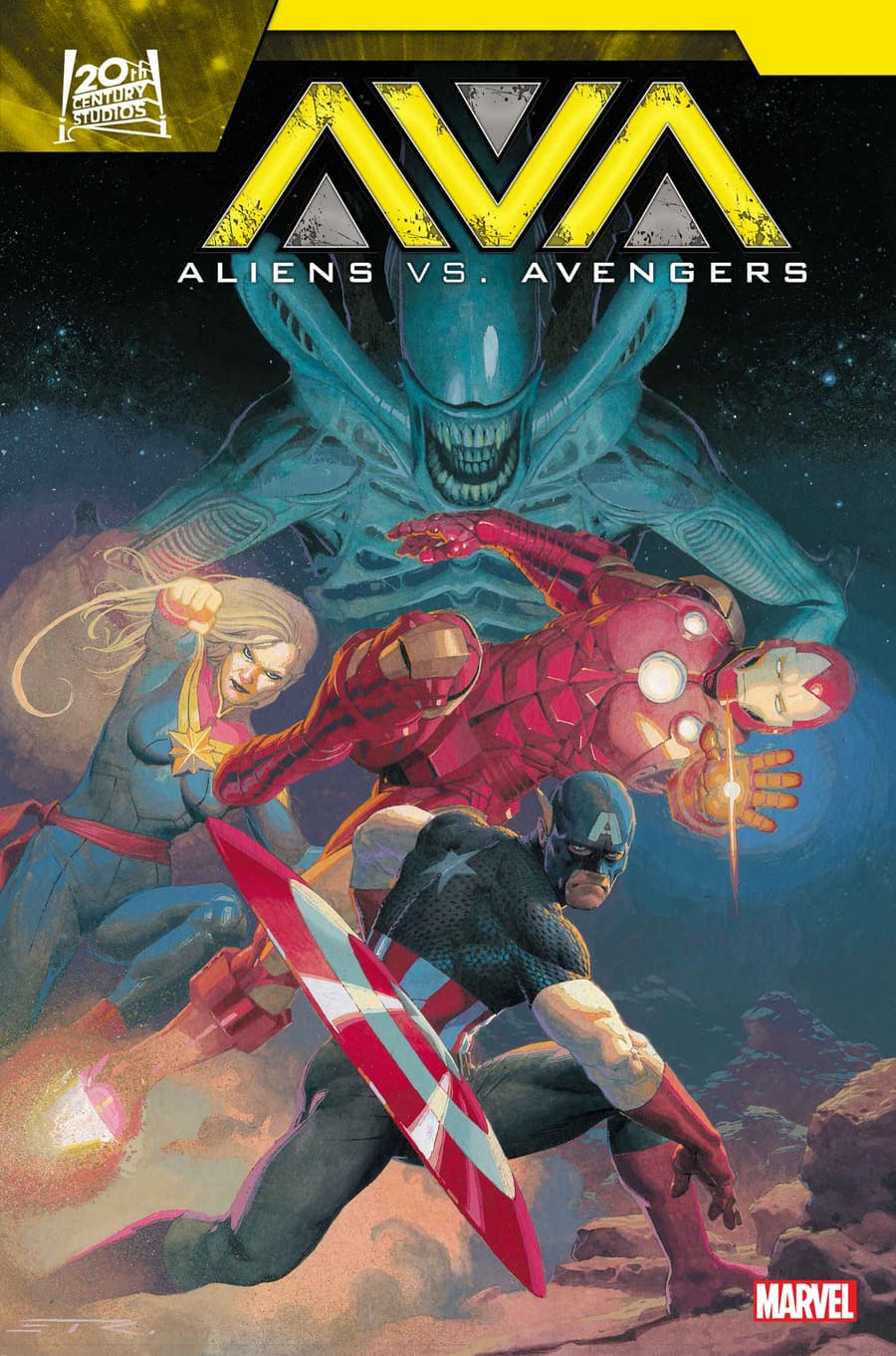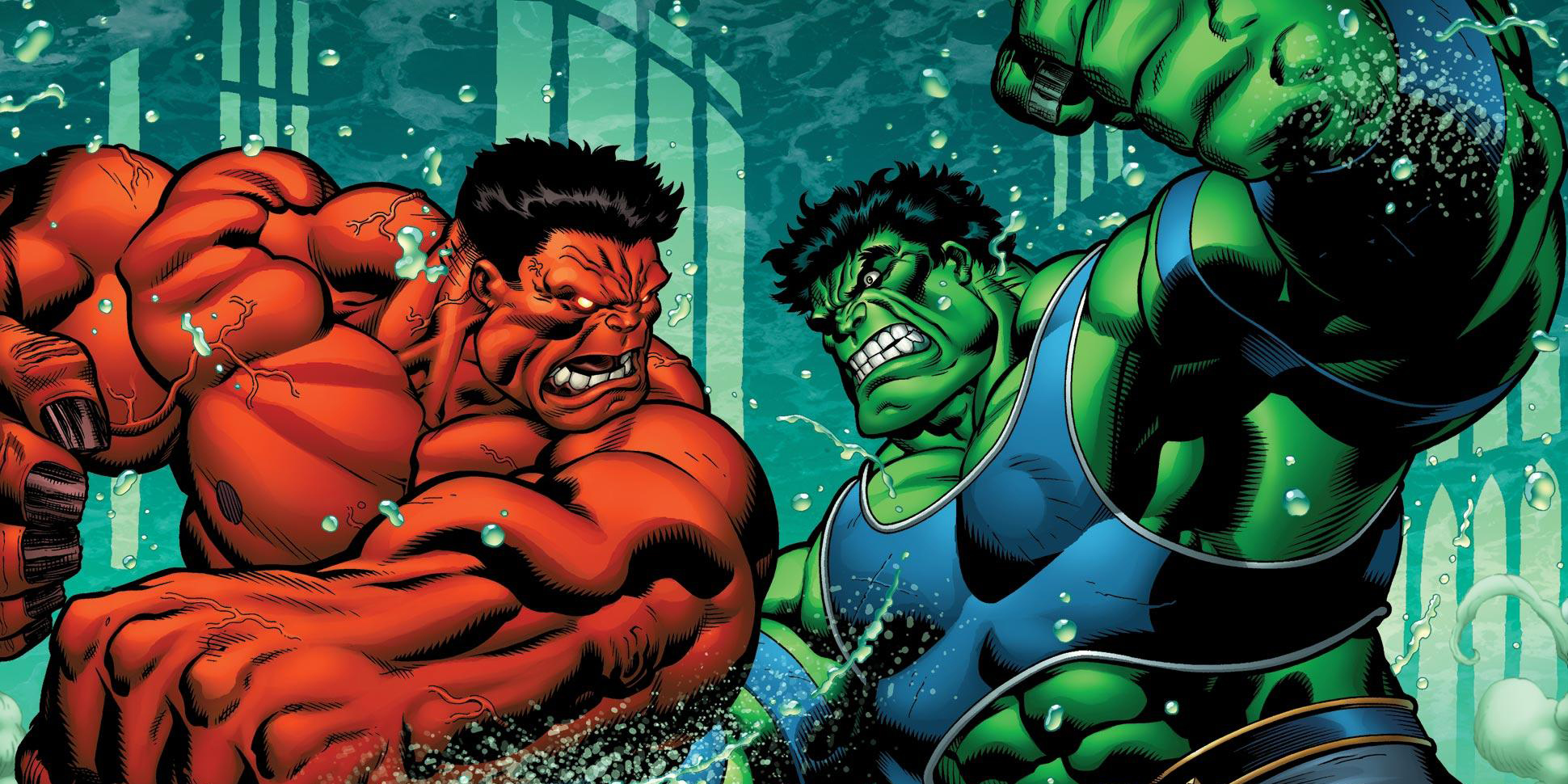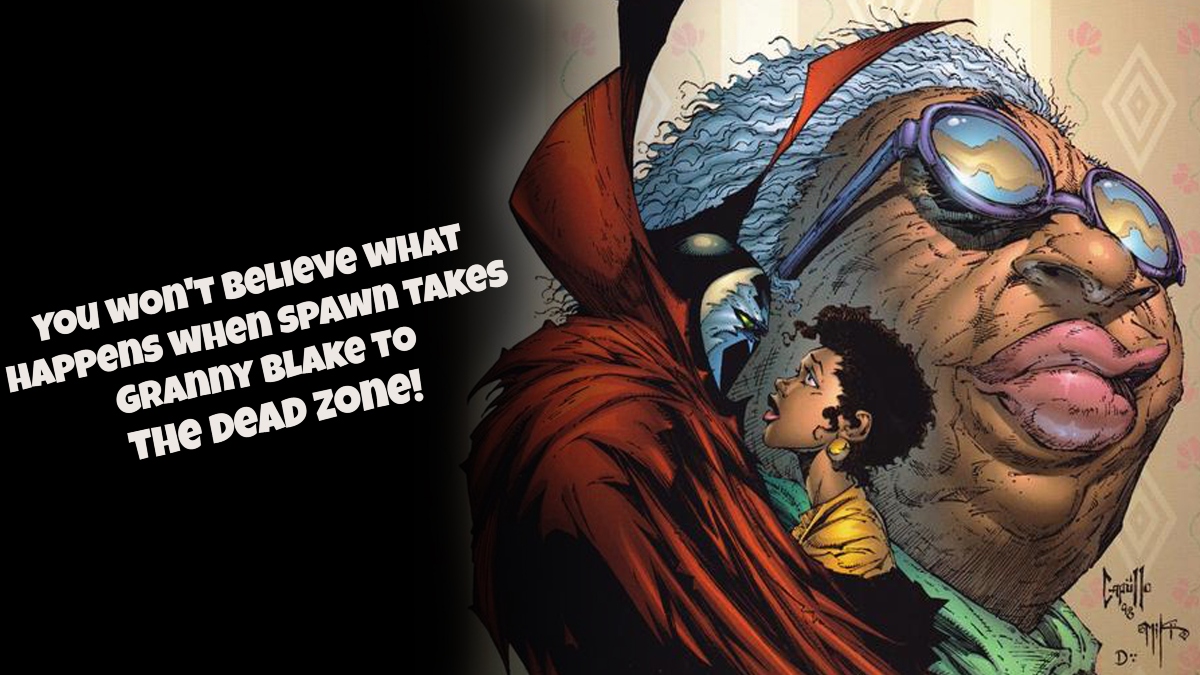At this point in Spider-Man: Into the Spider-Verse‘s run, it’s not exactly a hot take to call it a smash hit in the creative department. Its Rotten Tomatoes score is out of this world, and there are plenty of people calling this the best animated film of the year — with some even saying it’s one of the best films of the year, period.
Clearly, there is something amazing the filmmakers have tapped into with this film. From its unique-looking aesthetic to its musical identity, it does everything in its power to stand out from any other animated film out there, as well as any other superhero film out there.
Interestingly enough, while running the movie over and over again in my head, I couldn’t help but compare this to another big superhero film that hit theaters last year: Justice League.
Why The Justice League Comparison?
I think it’s important that I make an effort to justify this weird-ass comparison, because of all the films you can compare this too, Justice League isn’t really the first one to come to mind. Spider-Man: Into the Spider-Verse is arguably about as different as one can imagine from the movie, but there are some key things worth comparing.
First off are their large casts. Justice League and Spider-Verse were both billed as films where a group of heroes needs to face off against a main threat — a threat that no one hero could take on by themselves. Second are the sort of endgame from a studio perspective — spin-offs. It is no secret that DC was planning on creating spin-off films for their characters, and that prior to the film, only two of the six main superheroes had had their own standalone film. As such, this would be serving as a launchpad for other films going forward for several characters. With Spider-Verse, even if the studio was working to make a solid standalone, you know that spin-offs and sequels were a part of the deal (I mean, it’s Spider-Man), and we now know they have a sequel and Spider-Women spin-off ready to go — with some audiences ready to see the likes of Peni Parker, Spider-Noir, and Spider-Ham even pop up in films down the line.
So with these two somewhat comparable aspects, I thought it worth analyzing why one film was perhaps more successful than the other.
A Failed Avengers Clone
So I’ll put this out on front street. I enjoyed Justice League quite a bit. It was no Avengers by any stretch of the imagination, but I thought it was a fun time in the theaters. That being said, I am more than aware of its narrative shortcomings, and a lot of it revolves around the film’s core structure. This movie tries to be two things at once: a Batman redemption story and an ensemble piece with many different threads (the latter of which was more The Avengers’ speed). In its attempts to do both things, it does neither very well.
Sure, we start out the film following Batman and his desire to assemble a team to take on Steppenwolf, and ultimately it ends up being a film about him finally learning to team up with others. However, it falls short because of how thin it stretches the narrative.
In their desire to set up the likes of Aquaman, The Flash, and Cyborg for future films, Warners really shortchanged the core of what could have made this story truly memorable as a Batman tale. Similarly, in trying to split the screen time between Batman, Aquaman, Wonder Woman, Superman, The Flash, and Cyborg, we didn’t get enough time with any of them. What we ended up with was an overly-ambitious premise, a short runtime, and very little to do with these characters.
All in all, it likely didn’t help that they seemed to be working off a studio checklist. Technically, I guess it checked off those boxes, but in doing so, it really shot itself in the foot in creating an actual meaningful movie, which is in stark contrast with what we got with Spider-Verse.
Embracing the Non-Ensemble
While Spider-Man: Into the Spider-Verse features an amazing and diverse cast of characters, I’d argue it is not an ensemble film. This movie is, first and foremost, a Miles Morales story, and everything in it works in favor of furthering his personal journey. If you wanted to break it down to its core aspect, it’s about a boy who learns to embrace his own identity and potential to be more than the hero he grew up idolizing. Sure, there’s a bunch of other stuff going — we’ve got Peter Parker and his marital woes, Gwen Stacy and her inability to trust, and Kingpin’s plan that puts the entire Spider-Verse in jeopardy. But no matter how big and convoluted the story has the potential to be, they keep the focus on Miles.
Yes, the story involves all those amazing things, but it’s all shone through his perspective, with each thread having a direct effect on his own arc in some way. As a result, we are left with a completely fulfilling narrative that makes us feel like we went on an emotional journey. We empathize with Miles and want him to succeed, and when he finally discovers what it means to be Spider-Man, it means something.
In short, it didn’t let itself get distracted by meandering narrative threads that would just overload the story — including a potentail romantic subplot between Gwen Stacy and Miles. Sure, some audiences would have liked to see this, but in an effort to keep the story tight and focused, the filmmakers were wise to cut it.
Spin-offs: A Band-Aid vs. An Embellishment
When Justice League hit, it was considered to be quite the blunder. It underserved a lot of its characters, and the universe is going forward in spite of its failures. Now, audiences are going into Aquaman in hopes of seeing Warner Bros. redeem what they feel is an atrocity. They’re going into Aquaman hoping for a Band-aid.
This is in stark contrast to Spider-Verse. We want more because that first film was so good, not in hopes that it’ll make up for a botched premise. We want to see an embellishment and continuation of these worlds. The first film gave us just enough of each of the characters that we wanted to see more, but not so much that it took away from Miles’ narrative. So coming off the heels of that first movie, we are looking forward the upcoming direct sequel and Spider-Women spin-off with excitment as opposed to dread or hopes.
Based on this thought alone, it’s clear that these two films with potentially similar pitfalls ended things very differently.
Conclusion
So what does this prove? Well, when it was announced that Justice League was going to be the fifth film in the DCEU, with their only being a standalone Superman and Wonder Woman film, many worried it wouldn’t be able to pull it off. Coming off the heels of The Avengers, it seemed impossible for anyone to tell an ensemble story without at least setting up all the main players in their standalone narratives, that way we can know exactly where they’re coming from and why.
And you know what? They were right. Sort of. If they wanted to replicate the ensemble feel of The Avengers with Justice League, then yes, doing it Marvel Studios’ way would have been ideal, but what Spider-Man: Into the Spider-Verse proved is that the real solution would have been to find a real focal point, a center everything else around it. Warner Bros. should have had the confidence to ditch the ensemble nature altogether in favor of a more traditional story. Instead, we got a film that tried to replicate the ensemble nature of The Avengers without putting in the groundwork.
The difference in fan and critical reaction is all too clear.
But what do you think? Do you agree with this assessment? Would Justice League have been better if we’d cut out every scene without Batman and reworked the story so it all worked in favor of his emotional journey? Let us know your thoughts down below!
Don’t forget to share this post on your Facebook wall and with your Twitter followers! Just hit the buttons on the top of this page.

 FOR FANBOYS, BY FANBOYS
Have you checked out LRM Online’s official podcasts and videos on The Genreverse Podcast Network? Available on YouTube and all your favorite podcast apps, This multimedia empire includes The Daily CoG, Breaking Geek Radio: The Podcast, GeekScholars Movie News, Anime-Versal Review Podcast, and our Star Wars dedicated podcast The Cantina. Check it out by listening on all your favorite podcast apps, or watching on YouTube!
Subscribe on: Apple Podcasts | Spotify | SoundCloud | Stitcher | Google Play
FOR FANBOYS, BY FANBOYS
Have you checked out LRM Online’s official podcasts and videos on The Genreverse Podcast Network? Available on YouTube and all your favorite podcast apps, This multimedia empire includes The Daily CoG, Breaking Geek Radio: The Podcast, GeekScholars Movie News, Anime-Versal Review Podcast, and our Star Wars dedicated podcast The Cantina. Check it out by listening on all your favorite podcast apps, or watching on YouTube!
Subscribe on: Apple Podcasts | Spotify | SoundCloud | Stitcher | Google Play









